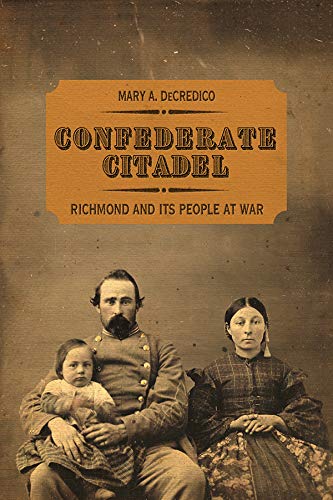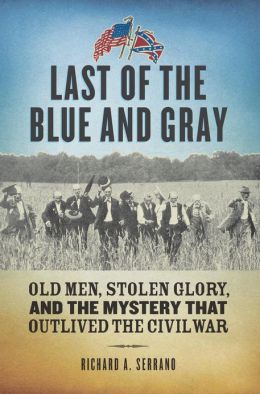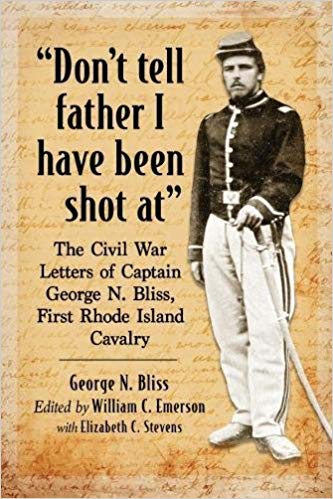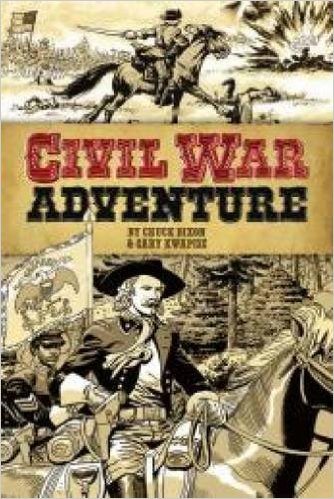The Civil War is often considered a “modern” war for its use of such technologies as photography, telegraphic communication, aerial reconnaissance, steam-powered and ironclad vessels, repeating rifles, and strategic use of railroads. Of these, railroads stand out, as federal and Confederate commanders regularly employed railroads for the transportation of troops and military stores. In turn, railroads became particularly attractive targets for military operations. In Targeted Tracks: The Cumberland Valley Railroad in the Civil War, 1861-1865, Scott L. Mingus, Sr., and Cooper H. Wingert chronicle how one such railroad endured the Civil War.
Targeted Tracks tells the Civil War story of the Cumberland Valley Railroad (CVRR), which traversed its namesake valley in southern Pennsylvania. The CVRR operated from Harrisburg to Chambersburg where it connected with the Franklin Railroad to open travel to Hagerstown, Maryland. (13) Its position in the wide Great Appalachian Valley contributed to its commercial and military importance, though this same geography made the CVRR particularly vulnerable during the Civil War. The railroad endured several major Confederate incursions, most of which left the railroad and the surrounding countryside badly damaged.
The book begins with an overview of the settlement of the Cumberland Valley and the development of its namesake railroad. The authors speed through this early history to more quickly spotlight the CVRR’s connection to national events, such as its role in John Brown’s raid on Harpers Ferry in October 1859. The subsequent six chapters chronicle the Civil War years of the railroad, generally devoting one chapter to each year of the conflict.
The strategic value of the CVRR as a carrier of troops and war materials is highlighted in chapters two and three. Chapter Two explores how the Cumberland Valley mobilized for war and how the CVRR facilitated the movement of troops and military supplies for the initial military buildup. CVRR trains carried supplies for General Robert Patterson’s Army of the Shenandoah, which allowed General Joseph E. Johnston’s Confederates to reinforce General P. G. T. Beauregard at Manassas. Chapter Three details the CVRR’s role in the Antietam Campaign. Governor Andrew Curtin rushed emergency militia from camps around Harrisburg to the southern border of the commonwealth over the CVRR. Military historians may find Mingus and Wingert’s description of the CVRR’s role in the “Amazing Antietam Ammunition Run,” particularly interesting (88). It was an attempt to transport ammunition overnight to resupply the Army of the Potomac at Antietam. Though the ammunition arrived later in the day, the event was a testament to the impressive coordination of logistics via telegraph and railroad and anticipated the October 1863 transfer of parts of the Union XI and XII Corps to Chattanooga (88-93).
Mingus and Wingert then examine the yearly Confederate incursions into the Cumberland Valley: General Jeb Stuart’s cavalry raid in October 1862 (chapter four), the Army of Northern Virginia’s invasion of Pennsylvania in June 1863 (chapter five), and General John McCausland’s destruction of Chambersburg in July 1864 (chapter six). The authors demonstrate that the CVRR remained a prized target for capture or destruction in each of these invasions. The year 1865 proved less eventful for the railroad. It ushered in peacetime with a surge in passenger traffic as it carried veterans back home (chapter seven).
From newspaper accounts, correspondence and diaries of local residents and Civil War soldiers, military reports, and the annual stockholder reports of the Cumberland Valley Railroad, Mingus and Wingert’s investigation of the CVRR’s Civil War illuminate the wartime experience of life in a military borderland, oscillating between a home-front and an active military zone. Its frequent short asides demonstrate the depth of local research that make the narrative come alive. However, some asides lack narrative continuity and could be better woven into the fabric of the story.
Through Targeted Tracks, Mingus and Wingert offer an intriguing perspective on the Civil War experience. Excitement, fear, panic, and uncertainty were in tension with—and at times fully replaced—the mechanical order and routine demanded by “modern” railroad operations, much to the dismay of railroad and military officials. Rumor outpaced locomotives in each real or imagined Confederate incursion. Cumberland Valley residents learned to anticipate a period of anxious uncertainty with the sights and sounds of overburdened trains dashing along the tracks. This is where the book demonstrates its greatest value as a work of military history: revealing how the tension between order and chaos that defines the experience of battle occurred in the conduct of the CVRR during the Civil War.
Jason Tercha is a Ph.D. candidate in the Department of History at Binghamton University. His dissertation is titled, “Networking American Landscapes: Railroads and their Social Effects on Antebellum American Landscapes and Communities.”





